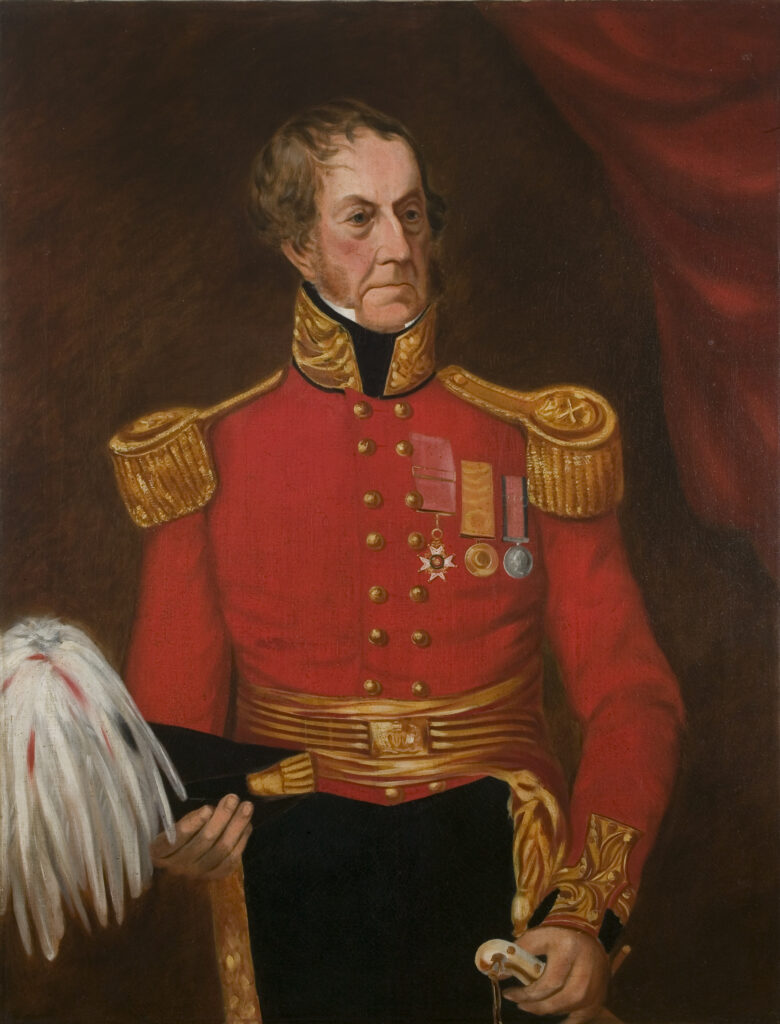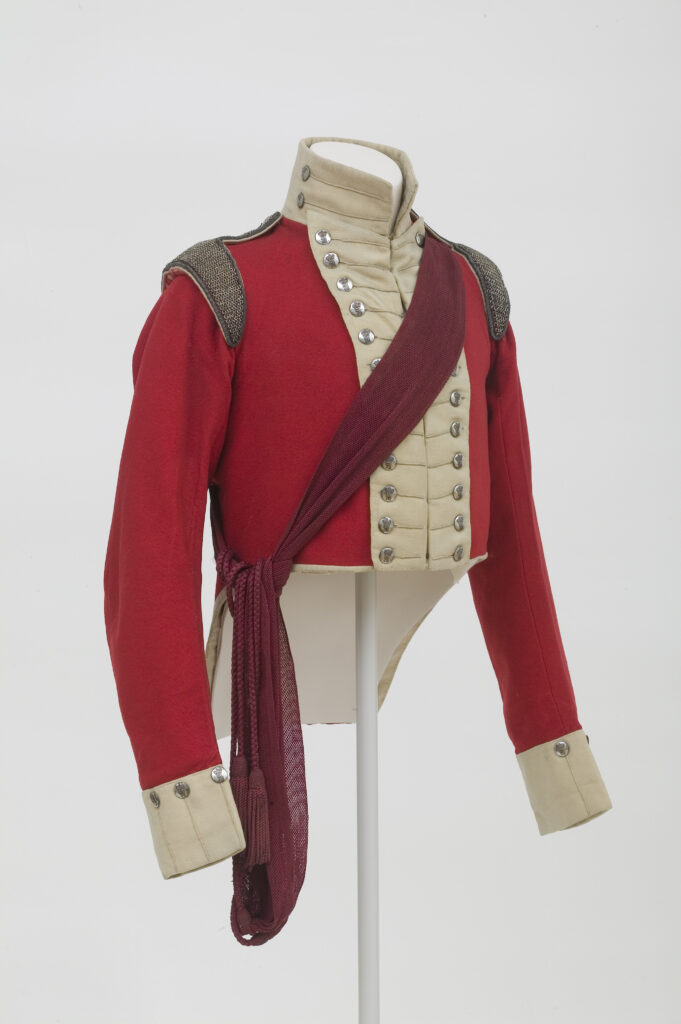By Lar Joye

After reforms in 1793, Roman Catholics were allowed to join the British Army as soldiers but not as officers, although there were exceptions. From 1800 to 1815, 90,000 Irishmen served in the British Army, and it is estimated that 35% of the Peninsular Army were Irish. Unlike most Continental armies, such as that of France, Britain relied on volunteers. Despite being an unpopular occupation, the army was to grow from 40,000 to 250,000 men by 1813. New Irish regiments were created, such as the Connaught Rangers (88th Regiment) and the Royal Irish Fusiliers (87th Regiment), founded by John Doyle and which recruited in Tipperary and Galway. In 1808 Napoleon invaded Spain and appointed his brother Joseph as king; Britain sent an expeditionary force to fight the French, led by the Irish-born Arthur Wellesley, from 1814 the Duke of Wellington. The Connaught Rangers, Enniskillen Fusiliers and the Royal Irish Fusiliers all fought in the Peninsular War, along with Irish cavalry regiments, the 4th Royal Irish and the 18th Hussars. However, many more Irish served in English and Scottish regiments. Wellington had nine divisions of 30,000 soldiers; 30% of his major generals were Irish—Edward Pakenham from Westmeath, Galbraith Lowry Cole from Dublin and John Hamilton from Tyrone—and 23% of his brigade commanders were Irish.

While there are captured French trophies from the war in the many British Army regimental museums, objects reflecting Irish soldiers who fought in Spain are rare, although there are more items exhibiting the experience of Anglo-Irish officers. Among these was John Millet Hammerton, Co. Tipperary (above/below), who led the 44th Foot (the East Essex) at the Battle of Waterloo. In 1810 this regiment was fully Irish, with 91% of its troops born in Ireland. Another was Archibald Armstrong of Tullymore, Co. Sligo, who wore this uniform (above/below) as a captain in the 71st (Glasgow Highland) Light Infantry during the Peninsular War. Despite the name, the Glasgow Highlanders did not wear kilts but trousers, and 34% of this regiment were Irish-born.
As a general, Wellington focused on administration and logistics, liaising with his allies and protecting his army from defeat as it went back and forth between Portugal and Spain. In 1812 he finally defeated a French army at Salamanca near the Portuguese border and then took Madrid, but failed at the town of Burgos and was forced back to Portugal. In 1813, after recuperating over the winter, Wellington left Portugal for the last time and defeated Joseph at Vittoria in the Basque country, which allowed him to invade France. Naturally he was helped in this by the defeats that Napoleon was experiencing in Russia and elsewhere in Europe. By the time he arrived in Paris in 1814 Wellington was an international hero, even before the Battle of Waterloo a year later.
Lar Joye is Dublin Port Heritage Director and current chair of the Irish Museums Association.
